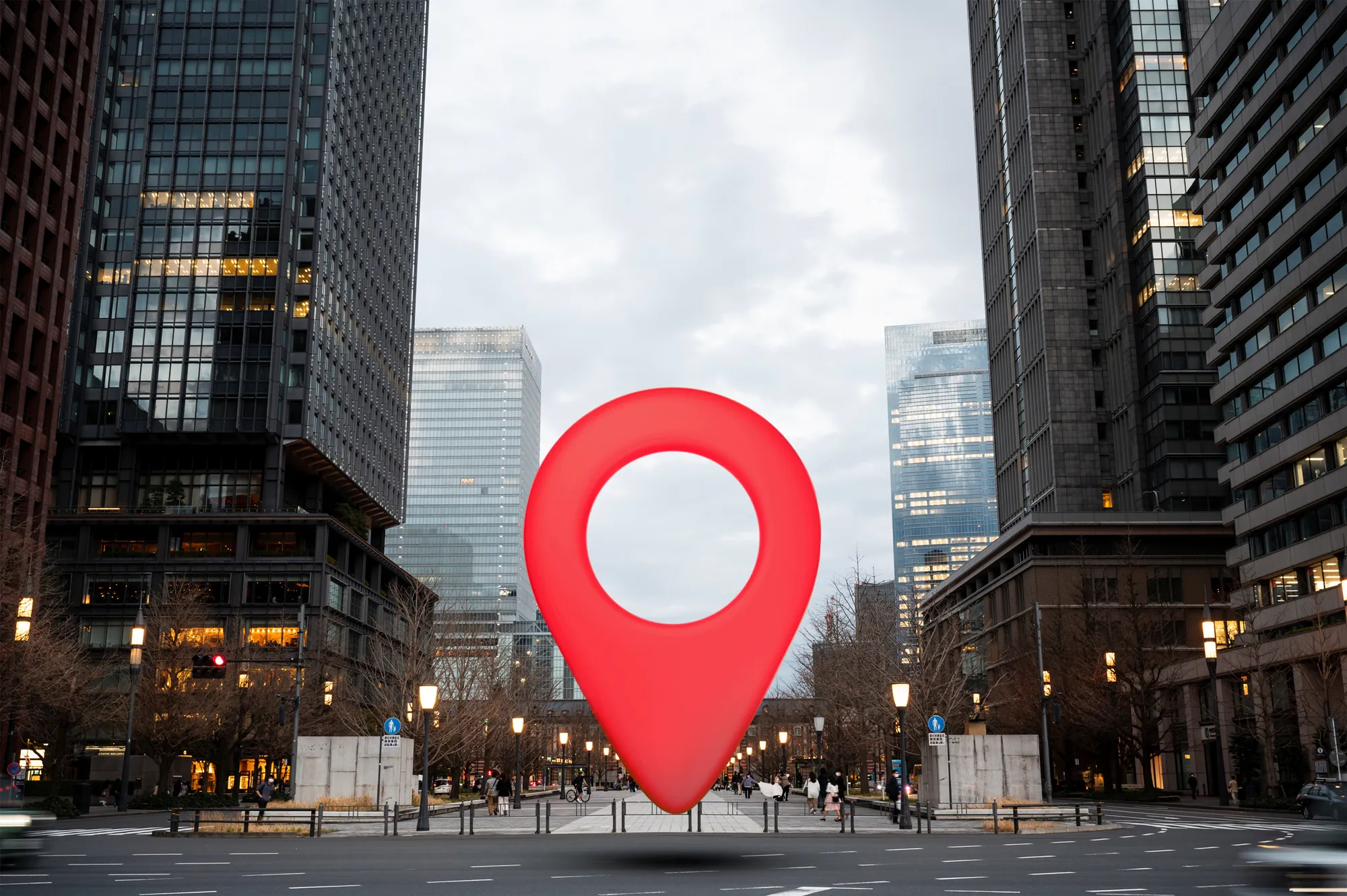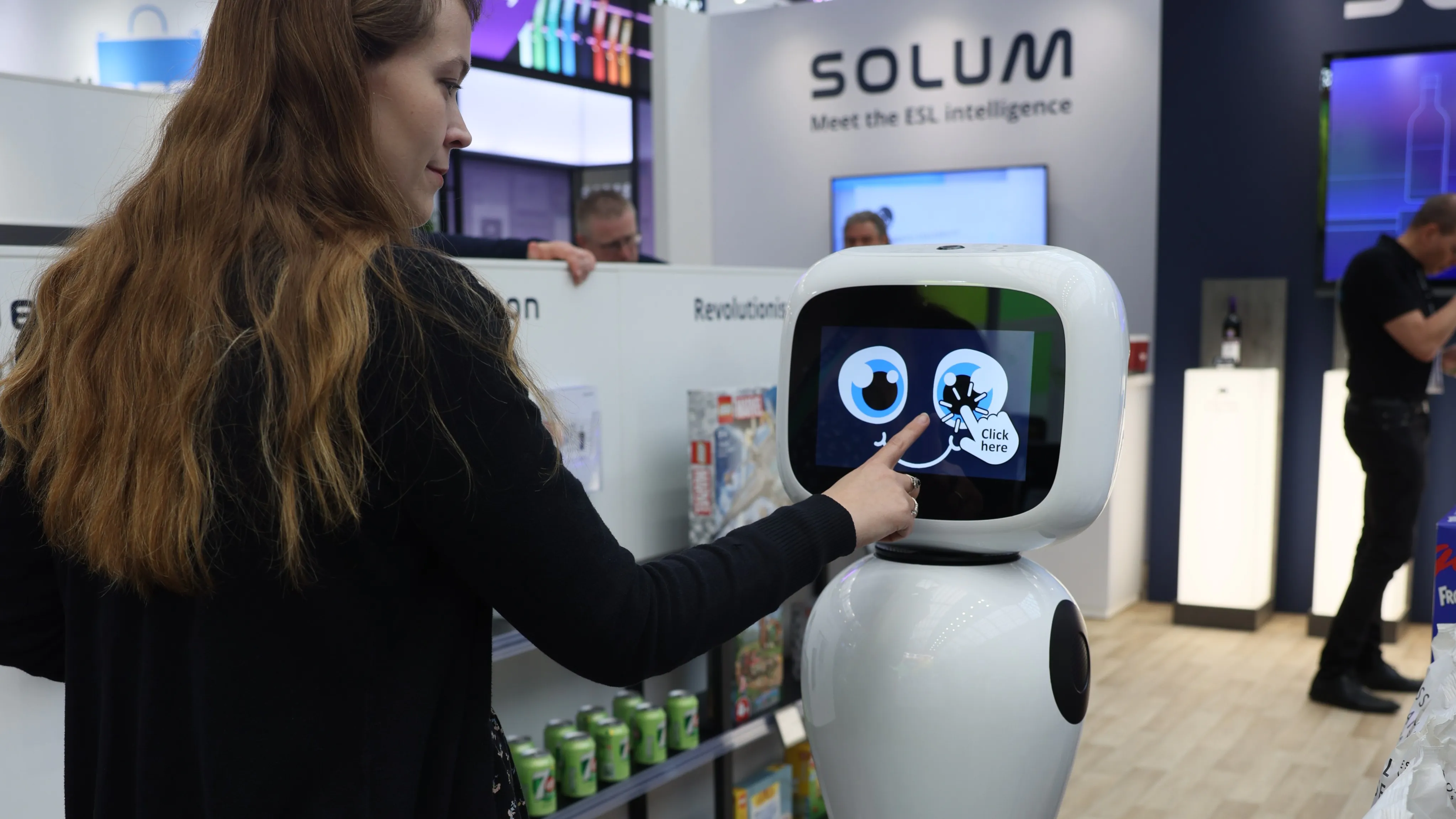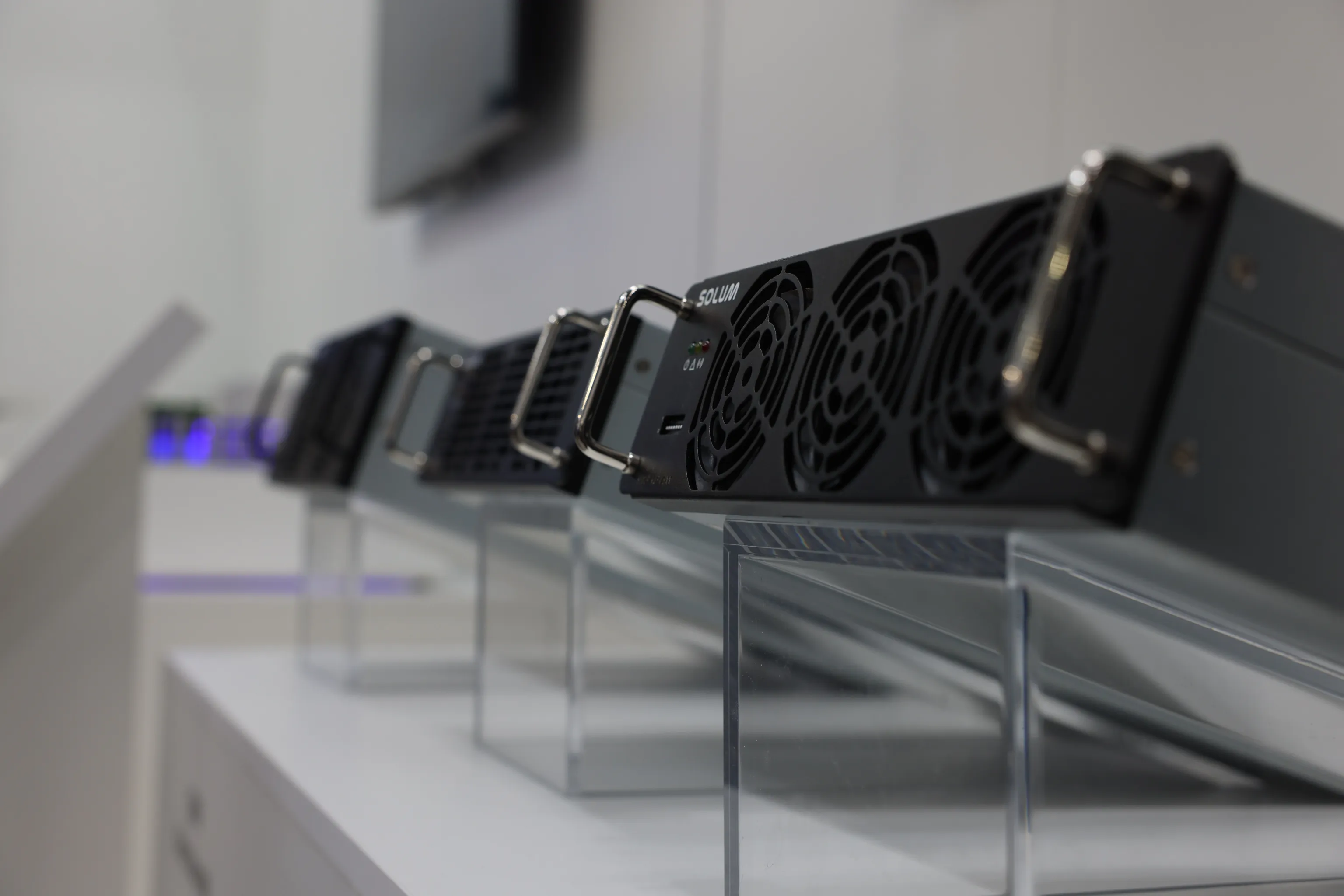RFID vs. BLE: Which Asset Tracking Technology is Best For You?
When it comes to asset tracking, the usual choices for wireless technologies are RFID and BLE. There are other technologies, such as Near-field Communication (NFC) or Global Positioning System (GPS)—both are being used by the SOLUM Group to create innovations. However, RFID and BLE are at the forefront due to the range of their advantages.
Dive into these technologies, their uses, and their differences, and know which one is most suitable for you or your business.
What is RFID?
Radio Frequency Identification, or simply RFID, uses electromagnetic fields to automatically identify and track tags attached to objects. This passive technology relies on radio waves to capture, read, and transmit data between the reader and the tag.
RFID is utilized in a lot of applications by several industries. It automatically collects data, which means it reduces human labor and error. It can also read multiple tags at a time, and read data from a long distance. RFID tags don’t usually have batteries or their own power source. They get energy from radio waves instead.
What is BLE?
BLE, on the other hand, stands for Bluetooth® Low Energy. It was also known as Bluetooth® Smart when it was rebranded in 2016. BLE is a wireless personal area network technology designed for various applications. Mostly, it’s used as tracking technology in different kinds of devices because of its compatibility, affordability, and low energy.
Compared to the Classic Bluetooth® we know, Bluetooth® Low Energy provides a considerably reduced power consumption at a lower cost, all the while maintaining a similar communication range. Almost all smartphones, tablets, or mobile devices are now BLE-compatible. This low-power wireless technology also allows devices to communicate with each other.
Uses of RFID Tracking Technology
- Inventory management
RFID has a big application in inventory management. Whether it be warehouses, manufacturing facilities, factories, data centers, or more, RFID is used to track and manage inventory in real time. With RFID technology, businesses and companies can manage their inventory better, identify any problems in their operations, and anticipate any low stocks, shortages, or more. - Item-level tagging
Retail stores make use of RFID for item-level tagging. This is the tagging of individual products to improve protection and security against theft or any other malicious intent. Once customers have paid for their items, the tags will be removed. And in case someone tries to shoplift, active RFID tags will immediately trigger alarms to prevent people from getting unpaid items. - Library management
RFID is also an advantage when it comes to libraries. RFID tags on books and other library materials mean better tracking, inventory management, and self-checkout systems. This technology helps reduce manual labor and allows librarians and other staff to focus on other priorities in the library.
The Vatican Apostic Library located in Vatican City uses RFID technology for its authorization and inventory. Other libraries that use RFID in their system include the University of Las Vegas libraries, New Hanover Libraries in North Carolina, USA, and the Santa Clara City libraries in California, USA. - Asset tracking
Big establishments, companies, and industrial workplaces also use this technology for asset-tracking management. This includes tracking and management of industrial equipment, lab equipment, large computers, devices, and more. Companies need to be able to constantly track these important assets and make sure they’re functioning properly. - Supply chain management
RFID technology is used by many in the commerce sector for supply chain management. It can be used to track and manage the collection of raw materials and the production of finished goods, up to the delivery. This helps companies improve their operations and achieve efficiency. - Access control and security
RFID tags are also used in identification badges for access tracking, control, and security. This replaced the magnetic stripe cards. People only need to hold their badges within a certain distance of the reader so their identification and access can be authenticated. This strengthens the security of any establishment and ensures that only authorized personnel can access certain rooms or files. - Toll collection and transportation fees
RFID is also largely known for toll collection and transportation payments. When vehicles pass through RFID readers at toll gates, data from the RFID tag is read, and the driver’s account is automatically charged. Meanwhile, in many countries, RFID tags are also used to pay for mass transit fares on buses, trains, or subways. This helps streamline the toll or transportation collection process and reduces traffic congestion.
Uses of BLE Tracking Technology
- Wearable technology
A lot of smart wearable devices right now are BLE-based. This includes wearable technology like smartwatches and fitness trackers. These devices use BLE to communicate with smartphones and other devices to transmit data in real time. Users will now be able to track and monitor their movements and locations, as well as vital signs such as heart rate and temperature. - Smart home devices
Many smart home devices are also compatible with BLE. BLE can be used in smart thermostats and heating systems, smart lighting systems, smart sensors, and security systems at homes. BLE technology allows users to remotely control these smart home devices and systems via smartphones. This provides ease and convenience for a lot of households. - Personal trackers or lost item recovery
More often than not, personal smart trackers and tags also use BLE technology. The SOLUM Smart Tag, for example, uses the BLE network to monitor and track personal belongings and valuables. Items like keys, wallets, purses, or bags can be easily misplaced or lost. Using smart tags like this speeds up the recovery time for any lost items or prevents loss and damage altogether. - Indoor navigation
BLE technology can also be implemented in various indoor establishments and retail stores. BLE beacons can provide navigation assistance in locations such as shopping malls, airports, and museums. They pair with users’ smartphones or mobile devices to provide real-time information about the location, or details about the current promotions and special offers in a store. - Pet and livestock tracking
Trackers for pets and livestock utilize BLE technology as well. Pet trackers, collars for livestock, or ear tags use BLE to transmit data about the whereabouts of various animals. Pet owners, farmers, and even researchers can take advantage of this technology to track pets and animals and learn more about their behavior. - Healthcare devices
BLE technology also has medical and healthcare applications. Wearable health monitors and devices can help monitor patients—especially elderly and vulnerable patients—and their well-being. BLE beacons can also be implemented within hospitals and healthcare facilities to track and optimize patient flow. This technology can also be a big advantage when it comes to outbreaks. BLE beacons or mobile applications with built-in contact tracing features will streamline tracking and identification efforts by the authorities. - Asset tracking and IoT
Much like RFID, BLE also has a role in asset tracking and IoT to help streamline operations. It can be used to track large equipment, business assets, and industrial devices. A good example would be SOLUM Trace, which can be used to keep track of shopping carts in groceries and retail stores, or various merchandise in tech stores.
RFID vs BLE: Advantages, Disadvantages, and Comparison
Range
RFID tags don’t have batteries as a power source, so they rely on the radio waves on RFID scanners and readers. For some RFID tags, this means the read distance is typically shorter (1–5 ft) than the average BLE tag (20 ft). However, there are also long-range RFID—typically used in vehicle identification and toll collection—which has a bit of a better range.
Location accuracy
Location accuracy is important for any tracking device or solution. Those with RFID might need additional hardware like a beacon reader to hone in on the RFID tag’s location. Meanwhile, most BLE tags are already designed to be location-based solutions. Their location information can be as accurate as up to 3 meters.
Real-time tracking
Active BLE tags are constantly being tracked by the relays and gateways. This means it can provide real-time tracking information for users. RFID tags can be detected, but users can’t specifically locate each of the tags.
Compatibility and interoperability
Both RFID and BLE can work with a wide range of devices and applications. RFID readers and scanners work best with multiple types of RFID tags. BLE technology, on the other hand, works with other BLE devices and other Bluetooth®-enabled devices. This also means that BLE has better compatibility with smartphones and mobile devices compared to RFID.
Data storage
RFID tags either have no room or memory to store data or have limited storage. BLE devices, on the other hand, can store several megabytes worth of information from sensors. This is one of the main reasons why a lot of wearable technology and smart home devices utilize BLE instead. They need enough space for data storage and transmission.
Cost
While the cost of BLE vs. RFID depends on the application, RFID tags are usually less expensive than BLE tags. This might be because BLE tags come with other advanced features and benefits that can add to the overall experience.
Implementation
When it comes to implementation or integration, BLE is easier to implement than RFID. This is because RFID solutions might need additional cables, wiring, or hardware to install. BLE solutions and devices, on the other hand, require fewer additional fittings and can start operating with Bluetooth® and Wi-Fi connectivity.
Power consumption
RFID tags have no power source inside but rely on RFID scanners in close proximity. Meanwhile, BLE tags have batteries that can last 2-5 years. This means RFID tags are good solutions for brief yet essential operations. However, for wearable technology and tracking devices that need to work continuously all day, BLE is best.
RFID vs BLE Conclusion: Which Asset Tracking is the Best?
Both RFID and BLE have their own strengths and weaknesses. It also depends on the various uses and applications where RFID and BLE technology can shine the brightest.
To know which asset-tracking technology is the best for you and your situation, you also need to remember the core essence of the two. RFID works best on identification and asset tracking. Meanwhile, BLE works best on identification, positioning, and sensors.
Take the time to prioritize what you need for your business, and choose an asset-tracking solution with the technology that is most suitable for you.











